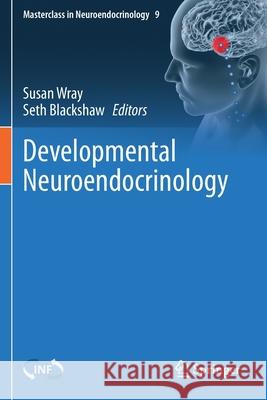Developmental Neuroendocrinology » książka
topmenu
Developmental Neuroendocrinology
ISBN-13: 9783030400040 / Angielski / Miękka / 2021 / 468 str.
Developmental Neuroendocrinology
ISBN-13: 9783030400040 / Angielski / Miękka / 2021 / 468 str.
cena 578,30 zł
(netto: 550,76 VAT: 5%)
Najniższa cena z 30 dni: 574,29 zł
(netto: 550,76 VAT: 5%)
Najniższa cena z 30 dni: 574,29 zł
Termin realizacji zamówienia:
ok. 20 dni roboczych.
ok. 20 dni roboczych.
Darmowa dostawa!
Kategorie BISAC:
Wydawca:
Springer
Seria wydawnicza:
Język:
Angielski
ISBN-13:
9783030400040
Rok wydania:
2021
Wydanie:
2020
Numer serii:
000916826
Ilość stron:
468
Waga:
0.66 kg
Wymiary:
23.39 x 15.6 x 2.46
Oprawa:
Miękka
Wolumenów:
01
Dodatkowe informacje:
Wydanie ilustrowane











